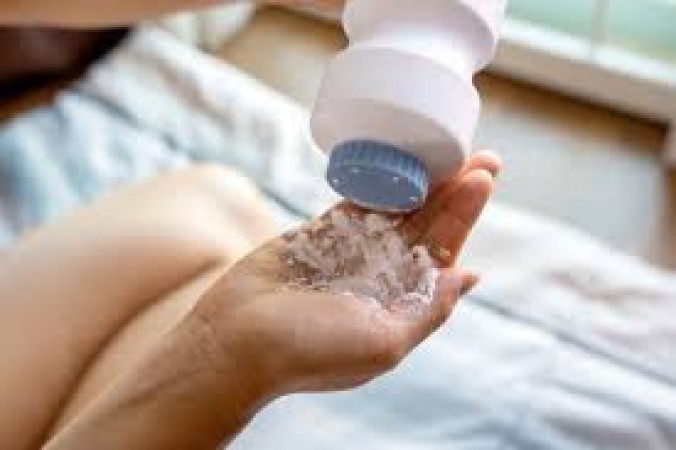
Baby powder is a product commonly used to prevent diaper rash and keep the skin dry. It is typically made from either talcum powder or cornstarch.
One of the primary concerns associated with baby powder is the risk of inhalation. Baby powder particles are very fine and lightweight, making them easy to become airborne. Infants, who have smaller airways and breathe more rapidly than adults, are particularly vulnerable to inhaling these particles. When inhaled, baby powder can enter the respiratory system, potentially causing irritation and inflammation in the lungs.
Continuous exposure to baby powder through inhalation can lead to respiratory issues over time. These may include breathing difficulties, wheezing, coughing, and even more severe conditions such as chronic lung damage. The American Academy of Pediatrics (AAP) advises against using baby powder due to these respiratory risks.
Another concern is the possibility of allergic reactions to baby powder. Although rare, some infants may be allergic to certain ingredients found in talcum or cornstarch-based powders. Allergic reactions can manifest as skin irritation, redness, itching, or even a rash. Caregivers should be vigilant for any signs of discomfort or skin sensitivity when using baby powder.
In recent years, there have been significant concerns regarding the safety of baby powder due to contamination with harmful substances. Certain batches of talcum powder have been found to contain traces of asbestos, a known carcinogen. Prolonged exposure to asbestos-contaminated talcum powder has been linked to serious health risks, including ovarian cancer and respiratory diseases.
There is also a specific concern regarding the application of baby powder to the genital area. Studies have suggested a potential link between talcum powder use on the genitals and an increased risk of ovarian cancer in women. The powder particles can travel through the reproductive system and reach the ovaries, where they may cause inflammation and potentially contribute to cancer development. Therefore, it is crucial to avoid using baby powder in the diaper area, especially for female infants and women.
Given the potential risks associated with baby powder, caregivers are encouraged to explore safer alternatives for maintaining infant hygiene and preventing diaper rash. Some effective alternatives include:
Diaper Creams: These are specially formulated to create a barrier between the baby's skin and moisture, thereby preventing diaper rash.
Natural Remedies: Coconut oil, shea butter, or petroleum jelly can be used to soothe and protect the skin without the risk of inhalation or allergic reactions.
When using baby powder, it is essential to apply it sparingly. A small amount sprinkled onto the caregiver's hands and then gently applied to the baby's skin can help reduce the risk of excessive exposure to airborne particles.
Caregivers should avoid applying baby powder near the baby's face, especially around the nose and mouth. This precaution helps minimize the risk of accidental inhalation and respiratory irritation.
When selecting a baby powder product, caregivers may opt for those made from cornstarch instead of talcum powder. Cornstarch is generally considered safer and less likely to cause respiratory problems or skin reactions.
It is advisable to check the ingredients list on baby powder products and avoid those containing unnecessary additives, fragrances, or dyes. These additives can potentially irritate the baby's delicate skin and increase the risk of allergic reactions.
After each use, caregivers should ensure that baby powder containers are tightly closed and stored out of reach of children. Proper disposal of used powder and regular cleaning of the diaper changing area help prevent accidental ingestion by curious infants.
While baby powder has traditionally been used to maintain infant hygiene and prevent diaper rash, its potential risks should not be overlooked. Caregivers must be aware of these dangers and take proactive steps to protect their infant's health. By adopting safer alternatives and following recommended usage guidelines, caregivers can help ensure a safe and healthy environment for their babies.
Google Translate Adds 110 New Languages, Including Awadhi and Marwadi: How It Affects Users
Apple Boosts iPhone Sales by 40% in China Through Strategic Discounts
Thousands of rupees saved on this 334 cc bike, new variant of Jawa 350 launched